- No products in the cart.
How to Properly Warm Up Before Paddle Boarding
Sep 26, 2025
Paddle boarding may look effortless, but like any sport, it demands balance, strength, and endurance. Whether you’re preparing for a casual paddle on calm lakes or an intense SUP workout in the ocean, warming up your body is essential to prevent injury, improve performance, and enhance your overall experience on the water. A well-designed paddle boarding warm-up routine primes your muscles, joints, and cardiovascular system, allowing you to paddle longer and more efficiently.
Why Warming Up Matters for Paddle Boarding
SUP engages your entire body-from your shoulders and core to your legs and stabilizing muscles. Without proper preparation, you increase your risk of strains, poor balance, and early fatigue. Research in sports medicine shows that dynamic warm-ups improve circulation, joint mobility, and neuromuscular coordination, all of which are crucial for paddle boarding.

-
Improves flexibility and range of motion
-
Activates stabilizing muscles for balance
-
Prepares cardiovascular system for exertion
-
Reduces injury risk in shoulders, hips, and lower back
Dynamic Warm-Up Routine for Paddle Boarding

1. Arm Circles & Shoulder Rotations (1–2 minutes)
Shoulders absorb repetitive paddling motions. Large and small arm circles increase blood flow and lubricate the joints. Add gentle shoulder rolls to release tension.
2. Torso Twists (10–15 reps per side)
Engage your obliques and spine mobility. Keep your feet hip-width apart, bend knees slightly, and rotate your upper body in controlled movements. This mimics paddling rotation.
3. Hip Openers (10 reps per side)
Paddle boarding requires stability from your hips and glutes. Perform lunges with a twist or “world’s greatest stretch” to activate these areas before getting on the board.
4. Squats or Mini-Squats (10–12 reps)
Activate quads, glutes, and calves. Controlled squats simulate the stance you’ll maintain while balancing on the board.
5. Plank with Shoulder Taps (30–45 seconds)
A core activation exercise that also stabilizes shoulders. Strong core engagement translates directly to better paddling posture and reduced back strain.
6. Ankle Rolls & Calf Raises (10 reps each)
Your ankles play a big role in micro-adjustments for balance. Rolling your ankles and performing calf raises prepare them for stability on uneven water surfaces.

Breathing Techniques to Enhance Warm-Up
Combine your warm-up with controlled breathing to increase oxygen delivery and calm pre-paddle nerves:
-
Inhale deeply through your nose as you prepare for each movement.
-
Exhale slowly during exertion (e.g., twisting, lowering into a squat).
-
Maintain rhythmic breathing for improved endurance once you’re on the board.
Tips for an Effective Warm-Up Routine
-
Keep it dynamic-avoid long static stretches before paddling.
-
Spend at least 5-10 minutes warming up before entering the water.
-
Tailor your routine to match the intensity of your session (recreational paddling vs. racing or SUP fitness).
-
If paddling in cold weather, extend your warm-up to gradually raise body temperature.
Paddle Smarter with Niphean
At Niphean, we design inflatable paddle boards that support your performance from warm-up to cool-down. Whether you’re into SUP yoga, long-distance touring, or weekend adventures, pairing the right equipment with a strong pre-paddle routine keeps you safe, efficient, and ready for adventure.
Conclusion
A proper warm-up before paddle boarding isn’t optional-it’s essential. By activating key muscle groups, improving flexibility, and preparing your mind, you’ll not only reduce your risk of injury but also maximize your time on the water. Next time you head out with your board, take 10 minutes to prepare-you’ll feel the difference in every stroke.


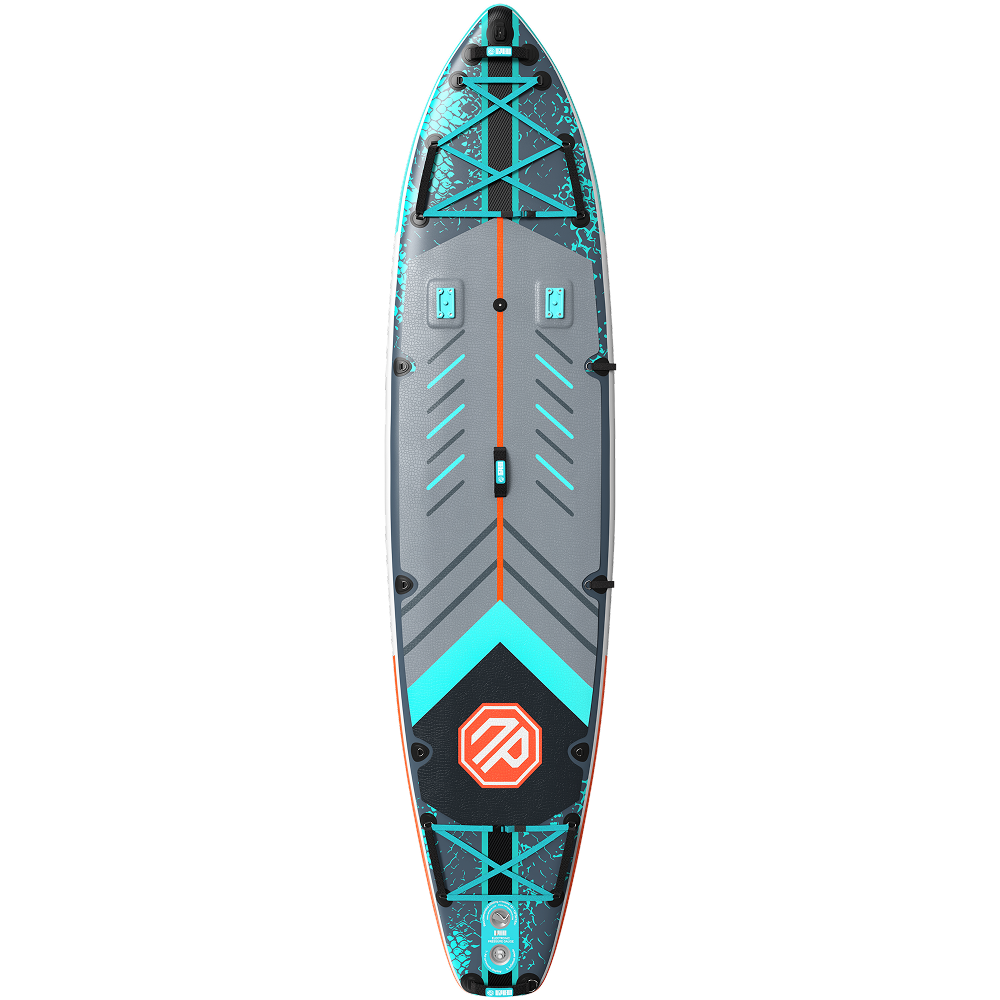

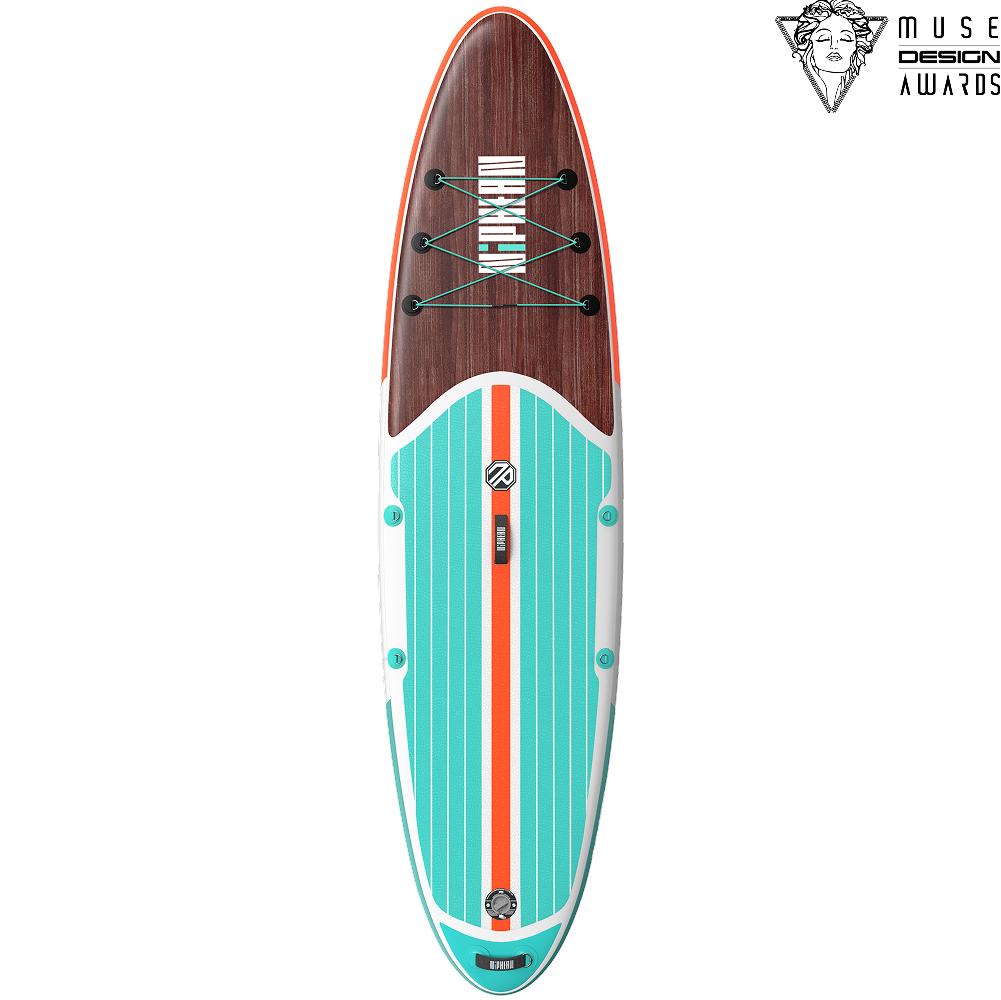
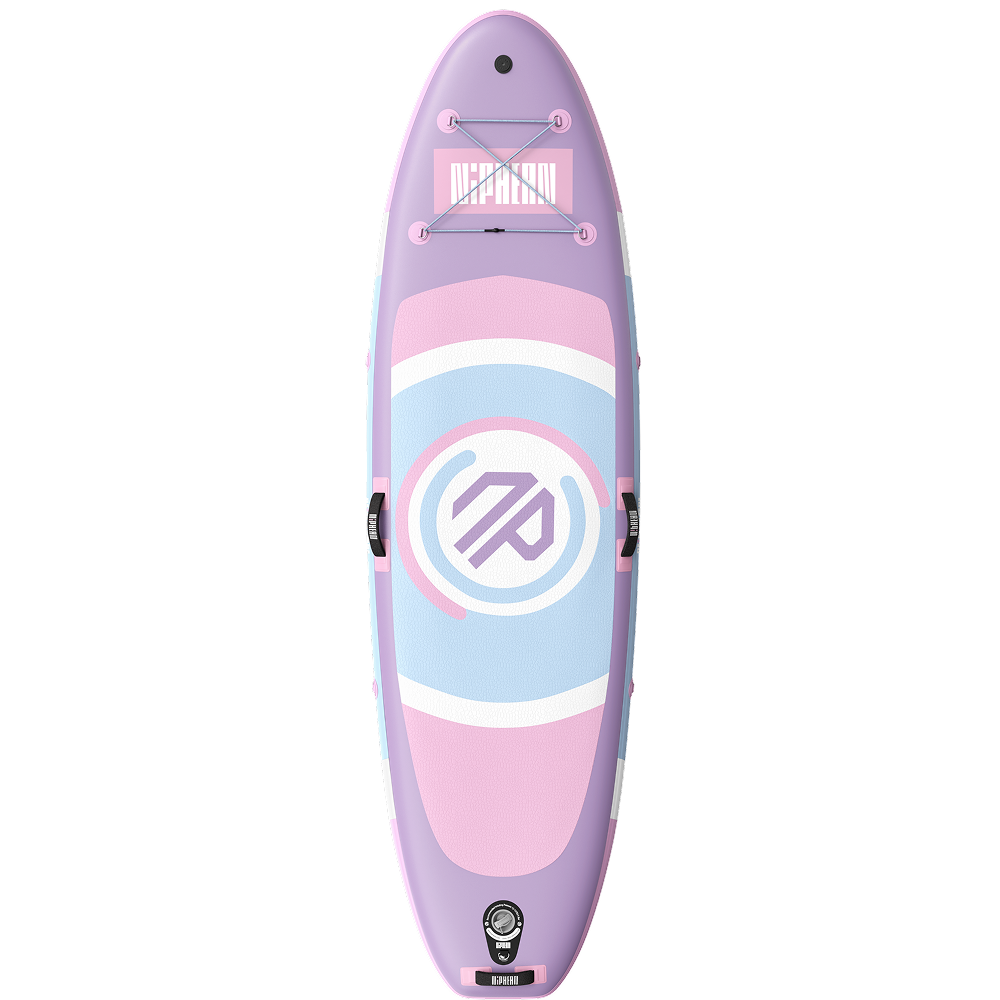


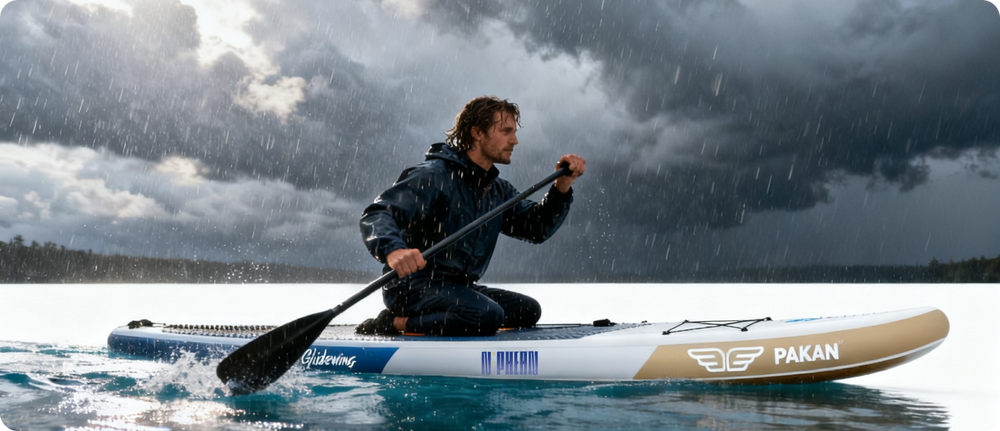


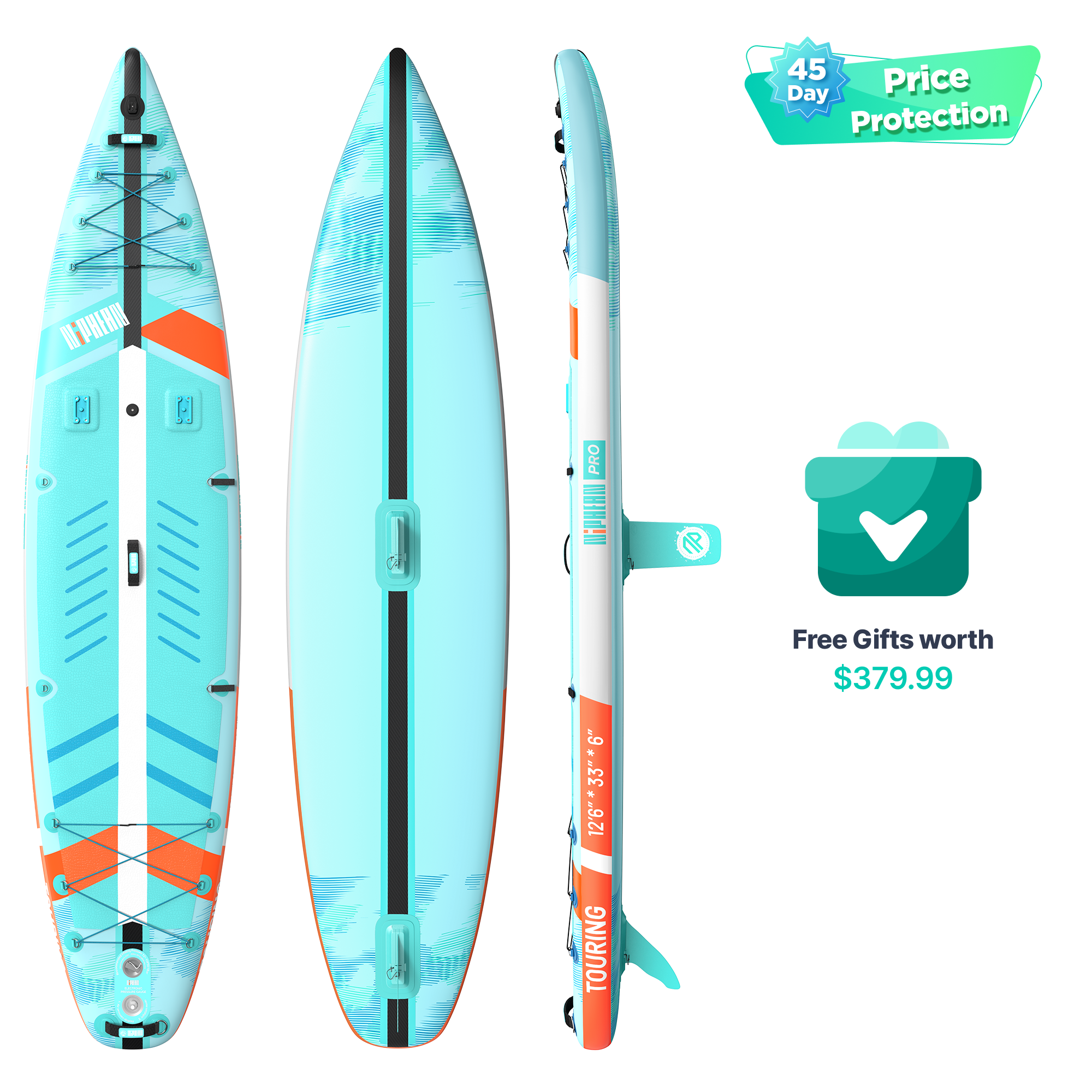
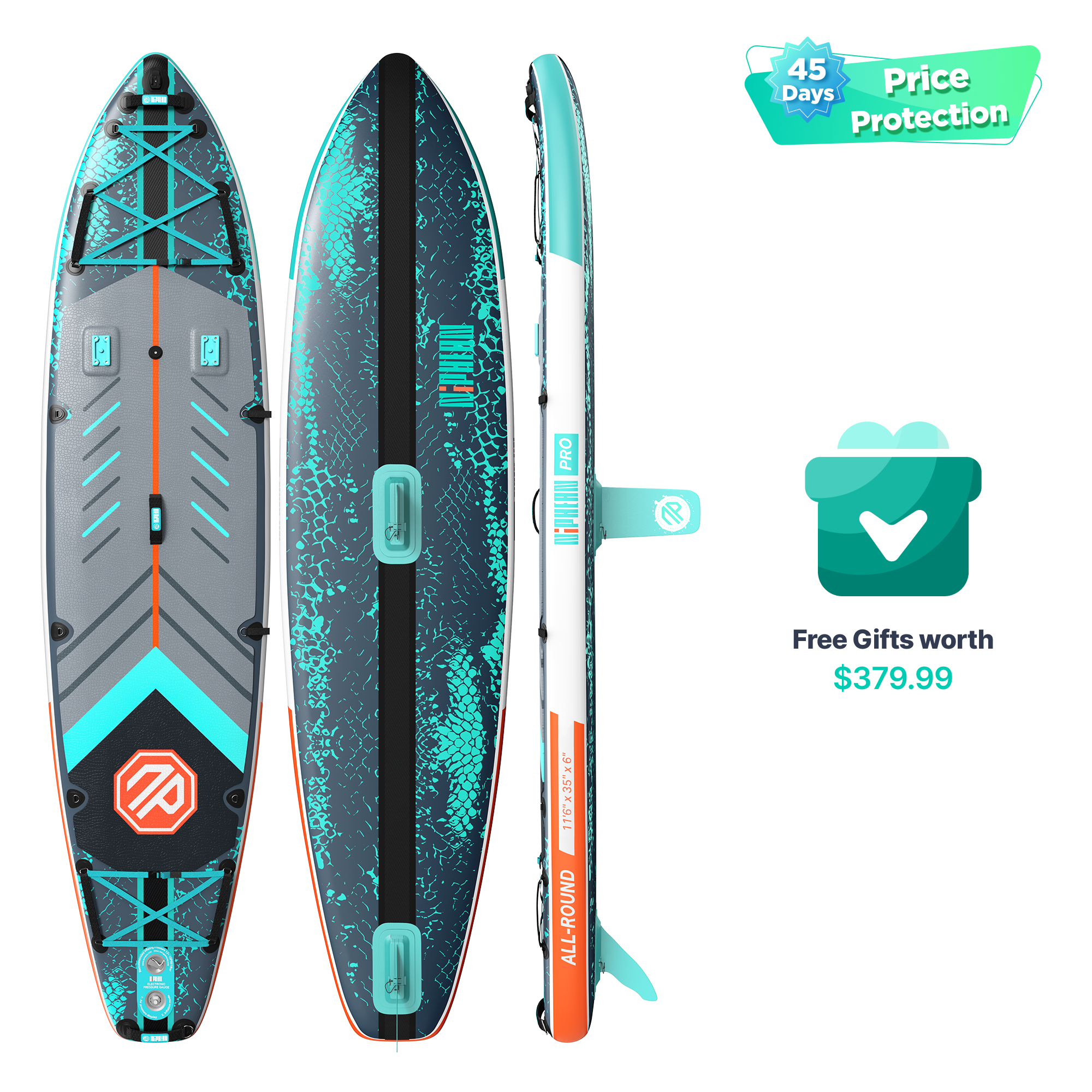
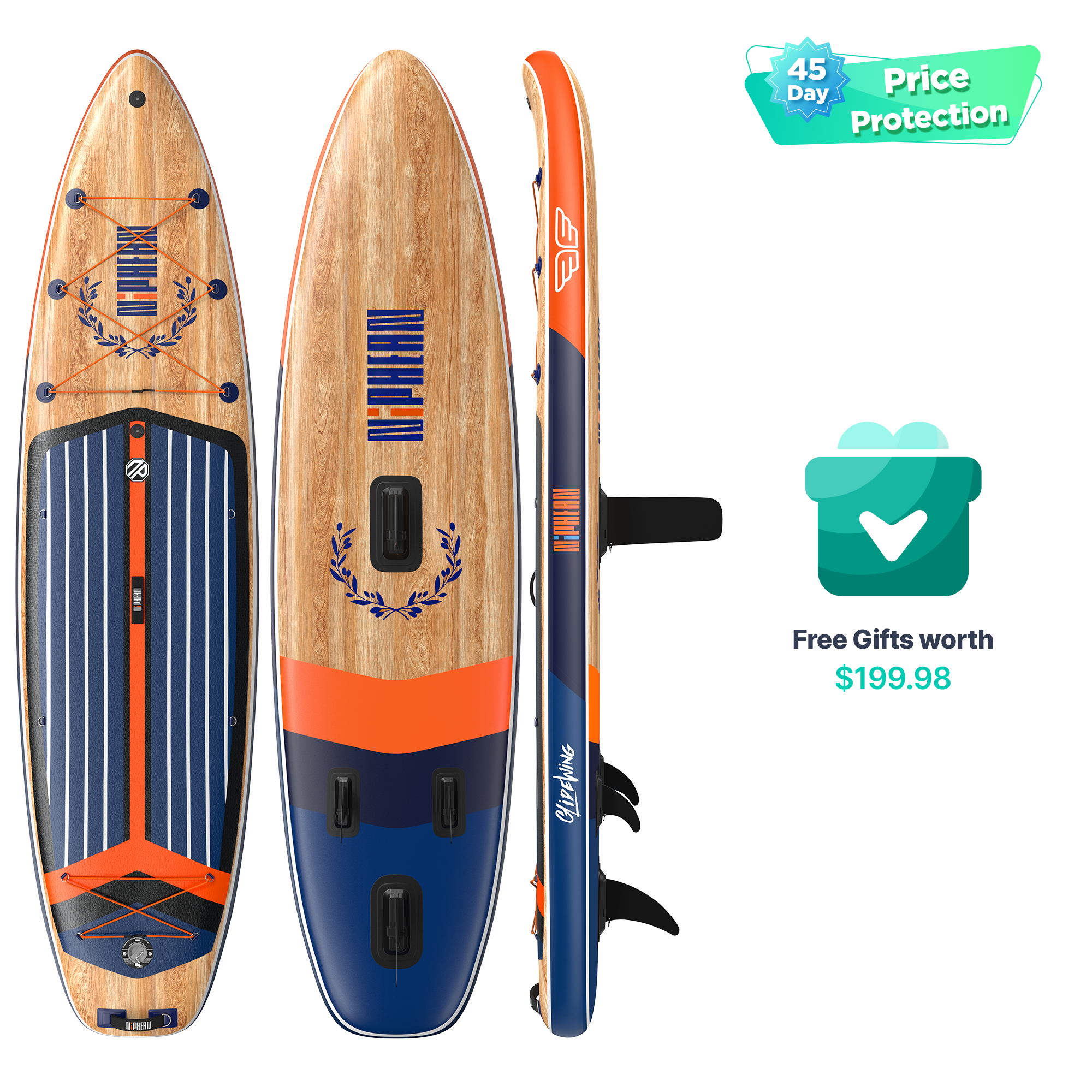
 Youtube
Youtube Facebook
Facebook Instagram
Instagram TikTok
TikTok